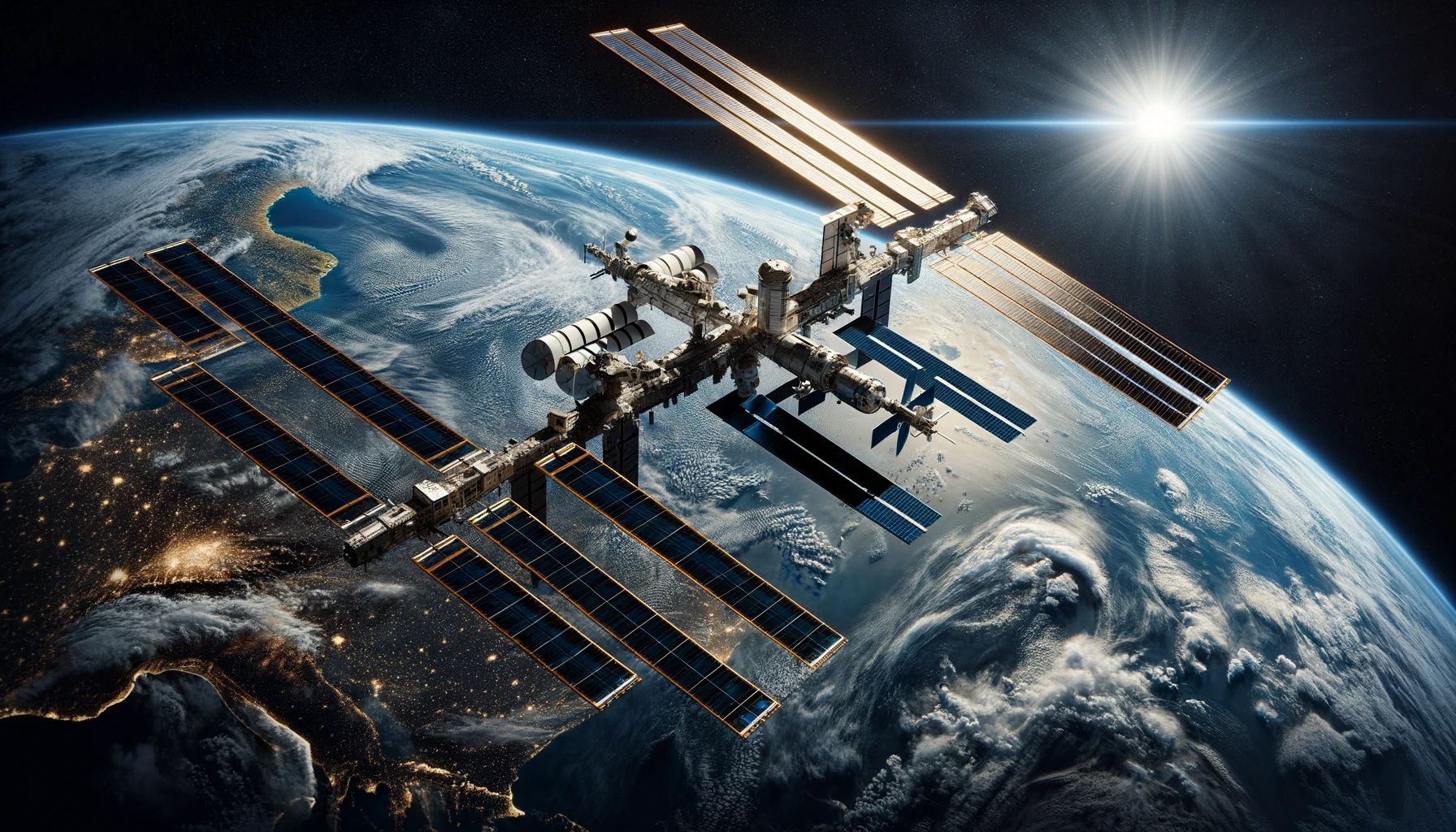In an ambitious step towards future lunar exploration, NASA has initiated a series of simulated moonwalks in the San Francisco Volcanic Fields near Flagstaff, Arizona. This effort is part of the agency’s broader Artemis campaign, which aims to return humans to the Moon and eventually push forward to Mars. NASA’s recent activities focus on practical astronaut training, using mockup spacesuits and testing advanced technologies that will be crucial for surviving and conducting operations on the lunar surface. These simulations also play a vital role in testing hardware setups and operational procedures in a controlled environment that mimics the harsh conditions of the Moon.
The simulations are not just a demonstration of advanced technological implementations but also a rehearsal of human capabilities and adjustments in extraterrestrial environments. These exercises have evolved significantly since their inception in April 2022, reflecting NASA’s refinement in both technology and strategy. The astronauts, along with a dedicated support team, undergo rigorous activities that are designed to mirror the actual challenges they would face on the lunar surface. Such detailed preparation is essential for the success of future manned missions to the Moon and holds implications for interplanetary travel.
Overview and Schedule of Activities
The current series of simulations, involving astronauts Kate Rubins and Andre Douglas, includes four moonwalks and six technology tests. These activities span over a week, allowing the team to thoroughly evaluate each aspect of the lunar operation. The media has exclusive access to these simulations at specific times, providing them with firsthand information on the proceedings and developments. This close-up view into the preparations showcases NASA’s commitment to transparency and public engagement in its missions.
Technological and Human Element Integration
Key to these simulations is the integration of technological advancements with human factors. The crews’ use of mockup spacesuits is particularly noteworthy. These suits simulate the actual gear that will be used on the Moon, designed to offer maximum protection and functionality. It’s a critical part of training, as it allows astronauts to adapt to working in bulky, restrictive outfits that are very different from movement on Earth. This aspect of the simulation is crucial for ensuring the astronauts’ safety and efficiency during the actual moonwalks.
Practical Insights from the Simulations
- Mockup spacesuits test comfort and mobility crucial for lunar tasks.
- Hardware tests under simulated lunar conditions prepare teams for unexpected challenges.
- Continuous adaptation of training methods improves mission safety and success rates.
As NASA pushes forward with the Artemis program, these simulated exercises are invaluable. They not only help in shaping the mission’s technical aspects but also ensure that the astronauts are well prepared for their roles. This meticulous preparation is a cornerstone of NASA’s strategy to extend human presence deeper into the solar system, providing insights that could one day facilitate manned missions to Mars and beyond.
The Artemis program, by advancing human and robotic exploration on the Moon, aims to develop the capabilities needed for humans to live and work in extraterrestrial environments, laying the groundwork for future space exploration. This program’s success will mark significant progress in space exploration, setting the stage for the next era of human activity in space. The continued emphasis on comprehensive simulations ensures that when astronauts take their next giant leap, they will be as prepared as possible for whatever they might face on the Moon or further into the cosmos.










